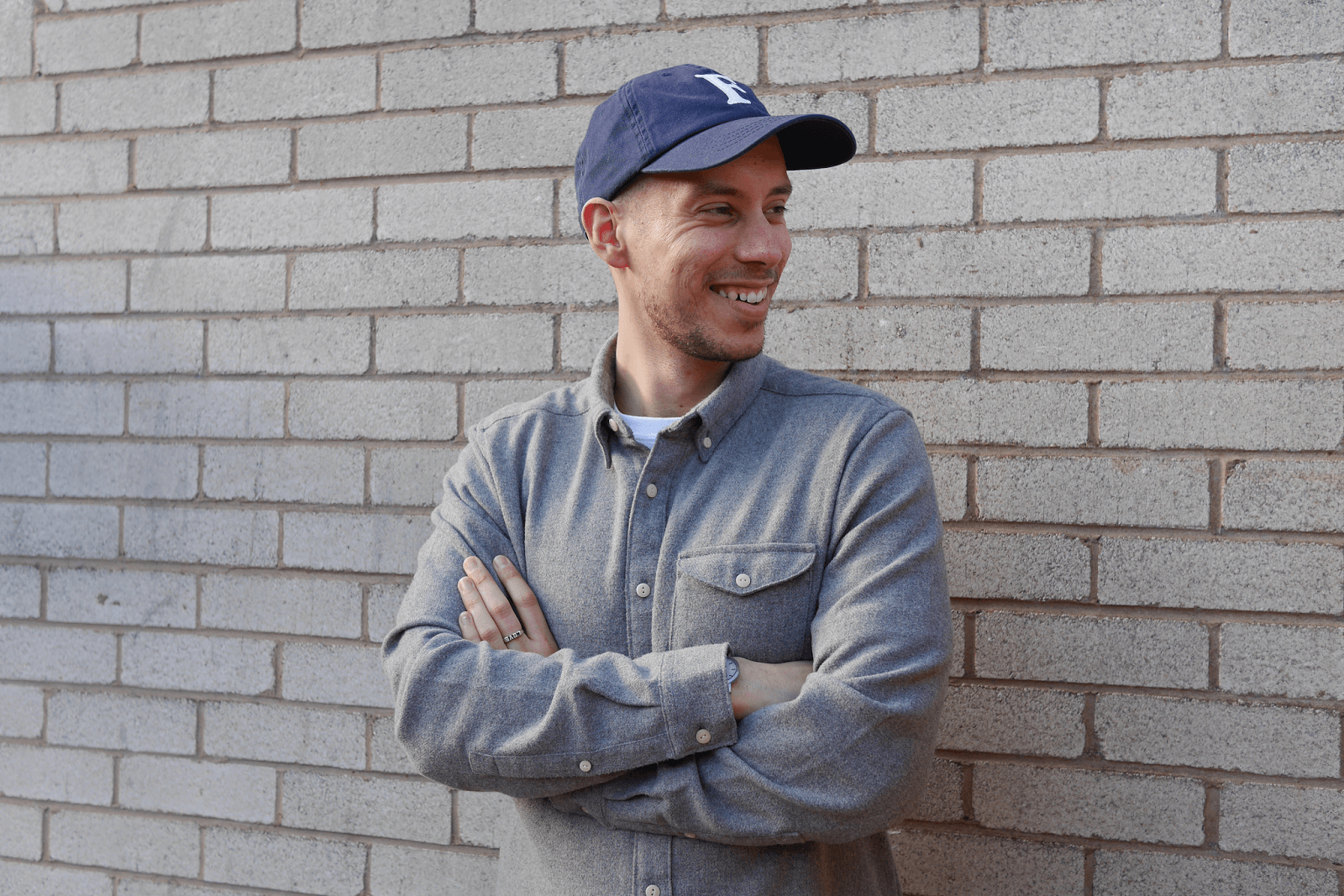Making good use of the digital marketing tools available to freelancers is something we’re always interested in. In the past, we’ve chatted with a variety of clients and friends on this blog, and this week we were delighted to catch up with Matt Pike of Buckets & Spades to find out whether there’s any truth to the idea that there’s money to be made in blogging.

You must get asked this question all the time: is it actually possible to make a living as a blogger? If so, where do the revenue streams come from?
The simple answer is yes, but there’s no set path or easy route to getting to a place where it would be classed as sustainable. My full time self-employment is made up of blog work (projects via my blog, social media projects), freelance writing and styling, consultation work and client-based work which is linked to our new agency, Three Letters.
I imagine you work with a number of brands. Is there a certain traffic level that you have to reach before they take interest in you?
Traditionally I think there is, yes, but the further we progress with social media and content creation I think it matters less. Obviously the big guys working for the big companies want to see their ROI ASAP, but where influencer marketing is involved it’s definitely a slow build, rather than big numbers flocking to certain websites. It’s an unrealistic ask.
Some say reaching 40k on Instagram puts you in a new bracket, and 100k will see you made, but are they even the right clients for you? Integrity is a big part of it.
Tell us a bit about Buckets & Spades. How did it come about and what’s its modus operandi?
Buckets & Spades has been going for nearly 9 years now. I started it back at university as a means to improve my writing skills, and as a place to push out the creative ideas and projects I was coming across at the time. The blogging community was very small back then – a totally different vibe.
It was long before most people realised you could monetise it. We cover several subjects – personal style, fashion, travel, packaging design, illustration, drink, product design, blog issues – but the intertwining link is our obsession with design. We try to give everything a design element and only feature products, services and things we genuinely enjoy.
At what point did you decide this was something you could do as a living?
When I started turning down work so I could give my attention to my 9-5 job (I worked in e-commerce), I started to realise that maybe it was something worth giving a shot. I might not have done it if it wasn’t for my father-in-law giving me the push to just give it a go. That was around three years ago. I worked part time for the first eight months, but quit all other jobs around 18 months ago.
Do you have any advice for would-be bloggers thinking of making that transition?
Consider what your niche is, what you enjoy doing most, where your skill set lies, what your current living situation is, your finance ties and connections. If you are living with your parents then that could be the perfect time to give it a go. Join a community, build trust, embrace, interact and collaborate.
As a blogger, how much of your time do you actually spend blogging? I should think there’s a lot to be done in the social media world, not to mention coming up with decent ideas.
Actually less and less these days. Within 2017 I’ve only been putting two blog posts out each week, but time is spent elsewhere, as you mentioned. Across social media, client work, videos, hooking up with photographers, traveling for projects, meeting bloggers, admin (expenses, emails, tax stuff), creating photographs to keep up with the daily Instagram, etc – there’s quite a lot to it.

There seems to be so many more opportunities in this sector for young people than when I was starting out. Do you think young people are more open to taking a risk, and if so, why do you think that might be?
It’s a brand new industry, but one which has split itself into many guises. Take Youtube, for instance – not my area to be honest but that’s where a lot of the joiner audience is. Not our audience as such, but there is a cross-over. Youtube is where the money is, and I guess if the audience is there then it’s not long before that audience says, “hey, maybe we could give this a shot.”
The power is in being relatable, trusted and recognisable for a certain style. If you’re living at home then I can see why many would take the risk – there’s nothing to loose. I managed to get a accepted for a mortgage under this new way of working, and it was a big victory for our community. If that shows a few people that it can be done then I imagine it would inspire others to take that risk.
Is this something you see as your longterm future?
I think I’ll always do something in a creative role, be that freelance writing, styling and working with fashion brands, consolation work, content creation for brands or through our new agency, Three Letters (which helps brands to work with influencers, social media and marketing in a smarter way).
But what’s next for Buckets? I’m currently working on a brand new site design on a new platform, so that’s the next big step.
Interested in telling us your freelance story? Get in touch via our Twitter or Facebook pages. We’re always pleased to hear from up-and-coming entrepreneurs. Pics above via Buckets & Spades and Harry Stedman.
